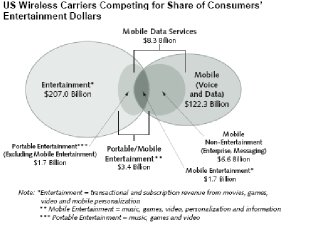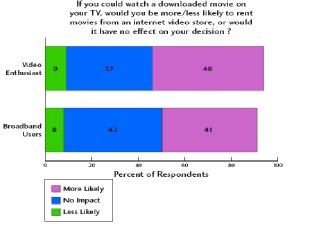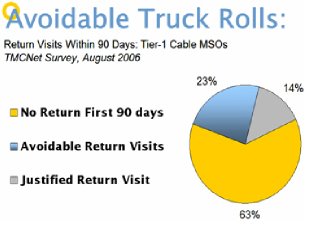
Disney Media Networks Co-Chairman Anne Sweeney says the ability to watch television on mobile devices is a "critical" area of growth. The launch of live wireless TV services, such as Verizon Communications Inc.'s MediaFlo service next year, obviously could provide a potentially lucrative new channel for Disney's top-rated television shows.
Sweeney said Disney Media Networks, a unit of Walt Disney Co., expects the ability to watch live TV on cellphones and other mobile devices to help media companies reach new audiences.
Disney's ABC Television network has licensed about 250 hours of its top shows "Lost" and "Desperate Housewives" to South Korean wireless phone operator TU Media Corp. "We're learning from Korea about a transition that will be happening in the rest of the world," she says.
Asked when she expected live mobile TV would reach the U.S., she said, "I'd say ... certainly within the next 12, to on the outside, 24 months -- more like 12-18."
To be sure, mobile video is likely to reach critical mass in markets such as South Korea before that happens in the U.S. market, just as U.S. consumers were slower to adopt mobile services and SMS compared to European and East Asian consumers.
So why are mobile consumers in South Korea and Japan such avid innovators in mobile applications? Perhaps in part because they spend so much time away from home, so much commuting time is spent in crowded public transit, homes are smaller, argues Andy Capener, Starent director of marketing. "You just can't carry a laptop on a train," Capener says. It may also be a cultural thing. "They love gadgets and the latest and greatest," he adds.
"They are risk takers and have succeeded economically because of innovation, so now it is ingrained in popular culture," muses John DePietro, Starent product marketing manager.
But there might be some natural inhibitors in the U.S. market. Fewer people spend lots of time commuting using public transportation. Lots of people commute by car. But you can't very well watch video on your mobile and drive at the same time.
 About 4 percent of American mobile phone owners aged 12 and older have downloaded full digital music songs over-the-air in the past 30 days, doubling proportions seen in 2005, says Ipsos North America. Males are twice as likely as females to have ever downloaded full songs. Teens are the most likely to have ever done so (11%), with younger adults 18 to 34 being the next most likely (8% among 18 to 24 year olds and 7% among those 25 to 34).
About 4 percent of American mobile phone owners aged 12 and older have downloaded full digital music songs over-the-air in the past 30 days, doubling proportions seen in 2005, says Ipsos North America. Males are twice as likely as females to have ever downloaded full songs. Teens are the most likely to have ever done so (11%), with younger adults 18 to 34 being the next most likely (8% among 18 to 24 year olds and 7% among those 25 to 34).




